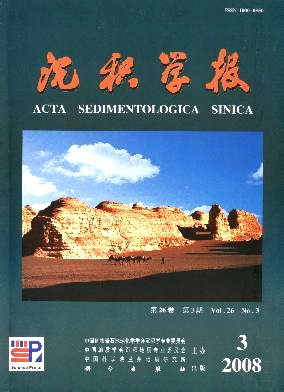The Upper Devonian Tempestites from Liantang, Guiyang, Southeastern Hunan Province and Its Palaeogeographic and Palaeoclimatic Significance
- Received Date: 2007-04-16
- Rev Recd Date: 2007-10-30
- Publish Date: 2008-06-10
-
Key words:
- Hunan Province /
- Devonian /
- Tempestites /
- palaeogeography /
- palaeoclimate
Abstract: Abstracts The Upper Devonian Xikuangshan Formation in Shilong, Liantang, Guiyang county, southeastern Hunan Province consists of limestones, dolomites, dolomitized limestones and lime dolomites of platform facies, in which typical tempestites develop. The criteria of storm deposits conclude bottom gutter casts,radial fabric of “wormkalk” calclrudite, hummocky or swaley cross bedding, parallel bedding, massive bedding and graded bedding. The tempestites consist of 4 types of lothofacies: A-“wormkalk” calclrudite with massive bedding and bottom gutter casts. B-“wormkalk” calclrudite with graded bedding. C-calcarenite with hummocky or swaley cross-bedding and parallel bedding. D- mudstone with homogeneous or horizontal bedding. These lithofacies constitute 4 types of depositional succession: A-D succession, A-C-D succession, B-C-D succession and B-D succession. The storm deposits indicate that southeastern Hunan locate in platform to shelf of low latitude zone(5º~20º)in the Late Devonian. The discovery of the storm deposits has important significance for the interpretation of the palaeoclimate of Devonian.
| Citation: | <. The Upper Devonian Tempestites from Liantang, Guiyang, Southeastern Hunan Province and Its Palaeogeographic and Palaeoclimatic Significance[J]. Acta Sedimentologica Sinica, 2008, 26(3): 369-375. |






 DownLoad:
DownLoad: